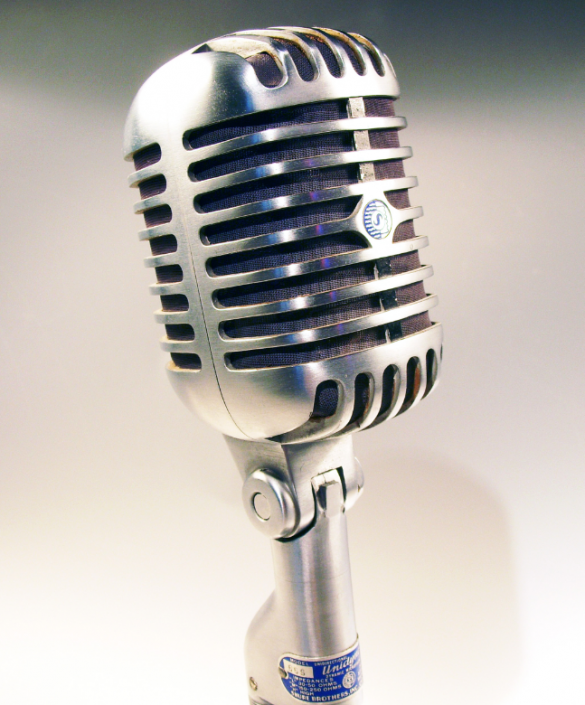
New Delhi: Certainly! Here are 10 methods for reducing or canceling noise in your microphone:
1. Use a directional microphone: Choose a microphone that has a narrow pickup pattern, such as a cardioid or supercardioid microphone. These mics focus on capturing sound from the front and reject noise from the sides and rear.
2. Position the microphone correctly: Place the microphone as close to the sound source as possible. This helps to capture more of the desired sound and reduce the impact of background noise.
Also Read: World's Biggest Cruise Ship Got Hit at the Dock
3. Use a microphone windshield or pop filter: Windshields or pop filters help reduce plosive sounds (like "p" and "b" sounds) and minimize wind noise, improving the overall quality of the audio.
4. Set up a quiet recording environment: Choose a room or area that is isolated from external noise sources like traffic, fans, or other people. Use soundproofing techniques, such as acoustic panels or foam, to reduce echoes and reflections.
Also Read: A rights group calls on Tunisia to stop expelling African migrants collectively
5. Minimize electronic interference: Keep the microphone away from electronic devices that can cause interference, such as computer monitors, routers, or mobile phones. These devices can introduce unwanted buzzing or humming sounds into the audio.
6. Use a noise gate: A noise gate is an audio processing tool that allows sound to pass through when it's above a certain threshold and cuts off or reduces the volume when the sound falls below that threshold. This helps eliminate background noise during pauses or quiet sections.
7. Consider a headset or lavalier microphone: If you're dealing with excessive ambient noise, using a headset microphone or a lavalier (clip-on) microphone can help isolate your voice and minimize background noise.
8. Adjust microphone sensitivity: Some microphones have sensitivity or gain controls that allow you to adjust how much sound they pick up. Lowering the sensitivity can help reduce background noise.
9. Use audio editing software: After recording, you can use audio editing software to further reduce background noise. Tools like noise reduction or audio restoration plugins can help clean up the audio and enhance the overall quality.
Also Read: 'Vicious cycle' of climate impacts for Latin America and the Caribbean are highlighted by the UN
10 .Educate yourself about microphone techniques: Learn proper microphone techniques, such as maintaining a consistent distance from the mic, avoiding unnecessary movement, and speaking directly into the microphone. These techniques can help optimize audio capture and reduce unwanted noise.
Remember, while these techniques can help minimize noise, it's important to understand that complete noise cancellation may not always be achievable, especially in challenging environments.